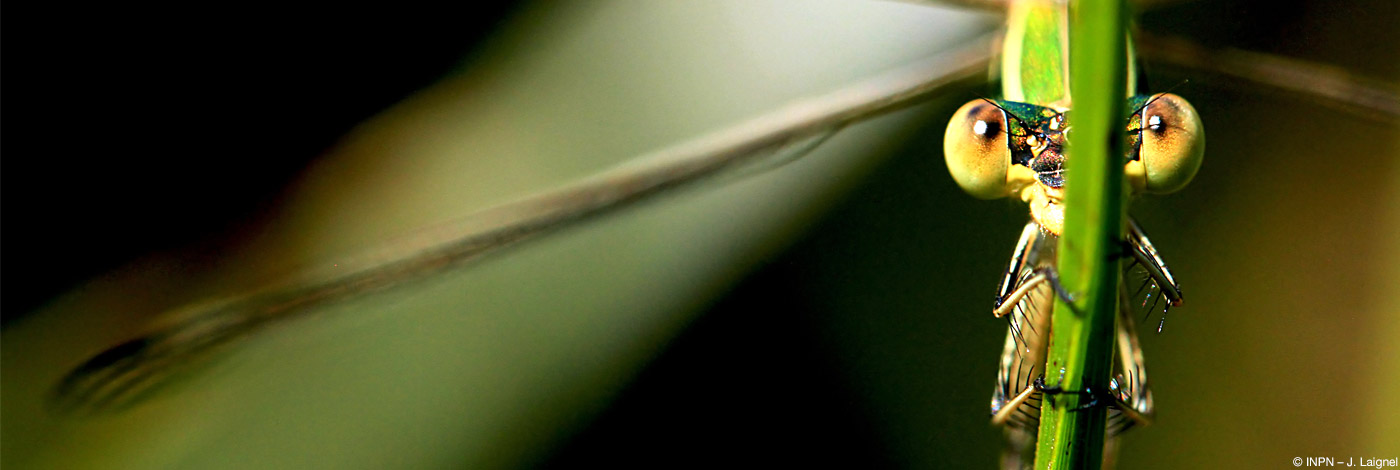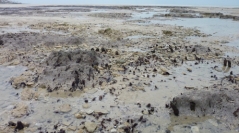

 Naturae
2020 (7) - Pages 113-129
Naturae
2020 (7) - Pages 113-129Along the Calvados coast, peat deposit outcrops, rich in Holocene land-snails, represent a potential to reconstruct the evolution of the past environments, which are directly linked to the rise of sea-level. Dating and malacological investigation on the sequence of Graye-sur-mer (Calvados, Normandy) has shown a re-established palaeoenvironmental story between the middle Holocene end and the late Holocene begining. The malacological succession has been divided into three malacozones corresponding to three steps of an environmental evolution between 5500 and 3500 year cal. BP, from a swampy forest to a marsh that opens gradually. Maritime influence are noticed from 4000 years cal. BP. Results have been correlated with the pattern of environmental evolution, which was deduced from previous palynological reconstruction and with see-level modelling. Parallel, a modern malacological inventory has been made in the marsh of Graye-sur-Mer nearby the deposit, where 27 non-marine mollusc taxa have been discovered. Comparison between past and modern data allow the discussion on species distribution over time. For instance, the presence of Vertigo moulinsiana (Dupuy, 1849), which is a European protected species, has been confirmed for about 4000 years in the marsh of Graye-sur-mer.